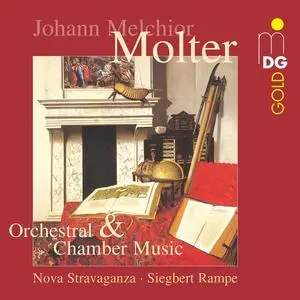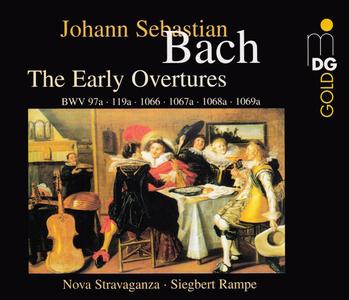Siegbert Rampe, Nova Stravaganza - Johann Melchior Molter: Orchestral & Chamber Music (2004)
EAC | FLAC | Tracks (Cue & Log) ~ 344 Mb | Total time: 65:51 Scans included
Classical | Label: MDG | # MDG 341 1279-2 | Recorded: 2004
EAC | FLAC | Tracks (Cue & Log) ~ 344 Mb | Total time: 65:51 Scans included
Classical | Label: MDG | # MDG 341 1279-2 | Recorded: 2004
Music of the period between the High Baroque of Bach and Vivaldi and the High Classical music of Haydn and Mozart has lately been the focus of energetic exploration by historical-instrument ensembles. Italy was in the stylistic forefront of what became the symphony, but experiments in putting together what we know as the exquisitely balanced forms of the late eighteenth century occurred in various parts of Europe. This disc offers a fair sampling of the music of Johann Melchior Molter, a composer active in the German cities of Eisenach and Karlsruhe. There are two pieces titled "Ouverture," essentially French dance suites that are starting to show the influence of the symphony and replace some of the dances with Classical-sounding fast movements.



